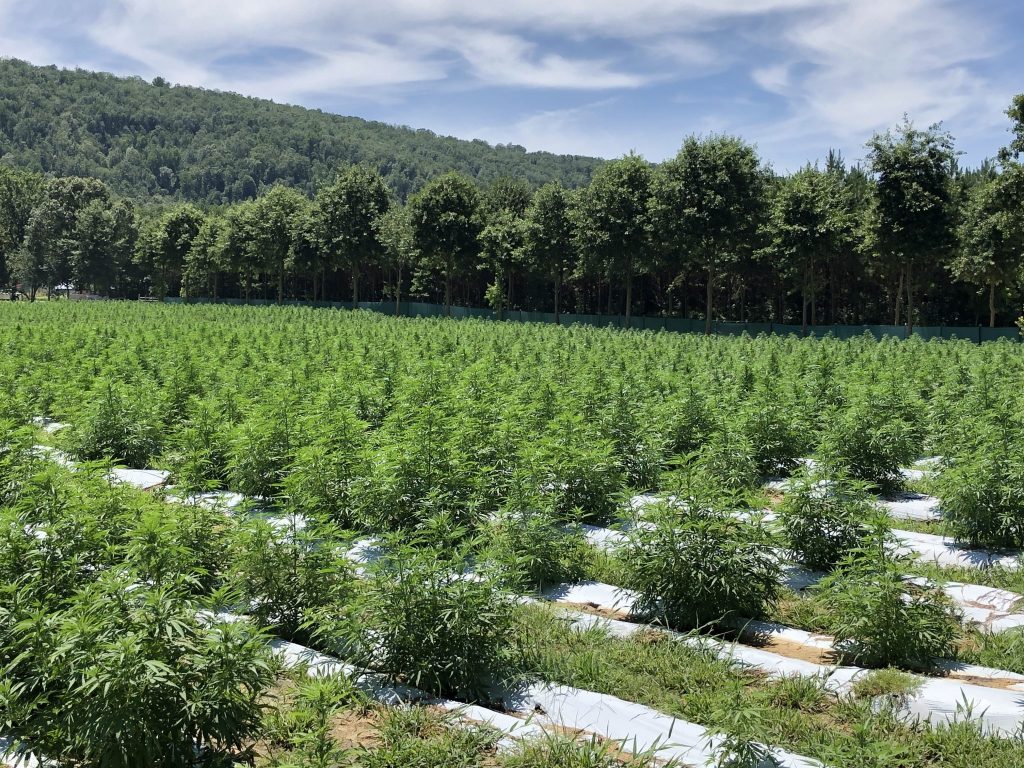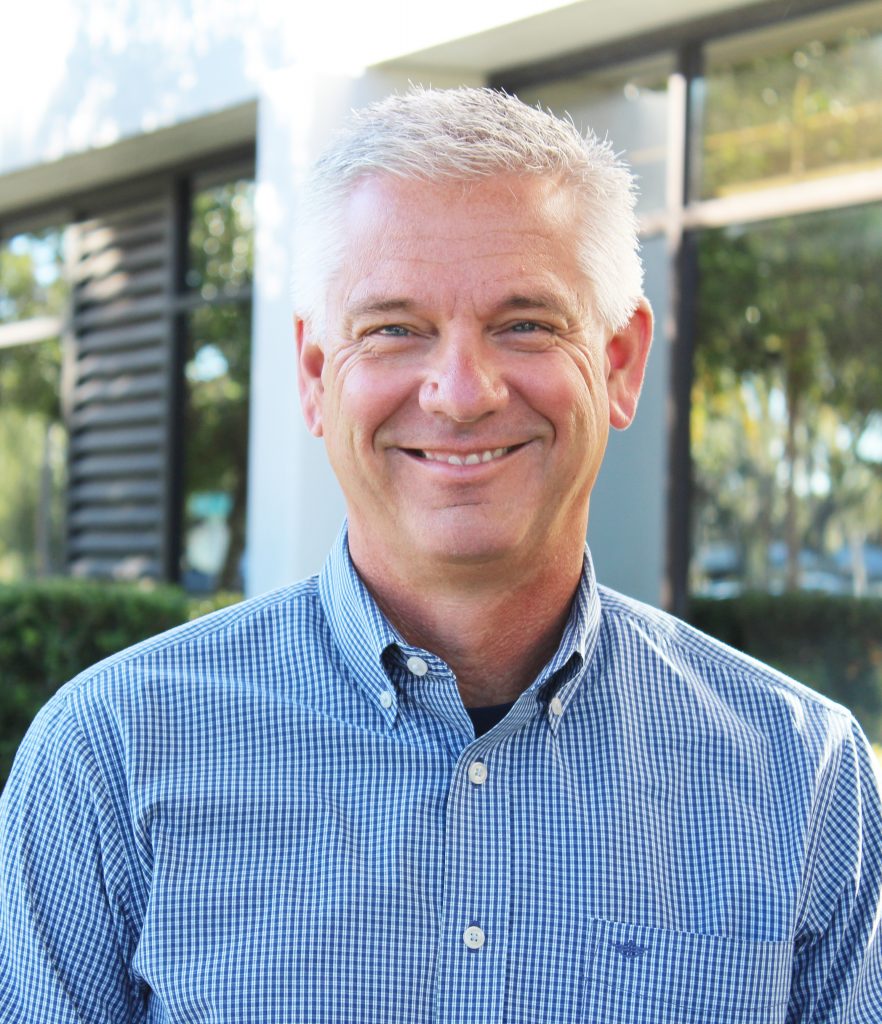
By Clint Thompson
Florida hemp research is still in its infancy, but progress has been made, insists Jerry Fankhauser, the assistant director of the Florida Agricultural Experiment Station who oversees the University of Florida hemp research program.
“There’s a lot to learn, but we’ve come a long way in just two years,” Fankhauser said. “I think where we’re at right now, we are two-plus years looking at hemp, both in the field and controlled environments like greenhouses here in the state of Florida. We’re still trying to find the adapted genetics, hemp varieties, both on the green and fiber side and on the high cannabinoid side. You’re speaking of CBD type hemp, CBG type hemp; and better understand varieties and how they perform, when they should be planted, the photoperiod because hemp is a daylight sensitive plant. And how we can control pests like mites with these plants, both in the field and greenhouse setting.”
Patience Needed

Like most other crops, hemp research takes time. It doesn’t happen overnight. That’s why interested farmers need to exercise patience.
“I did a talk about hemp research (recently) and I talked about the fact that with field corn, the breeding efforts started in the 1930s. There’s outstanding field corn hybrids, different varieties available today on the marketplace for much of the Corn Belt all the way into the Panhandle. But you’re talking about 60 or 70 years of breeding efforts,” Fankhauser said. “People have to realize that universities like UF/IFAS, Cornell, University of California-Davis, we’ve only had about two or three years, maybe five years at the most in the case of the University of Kentucky, to even look at these genetics and to select and improve any of those genetics that are out there across the globe. We’re very early on into this, and it’s going to take time as all good science does.”
Two Big Roadblocks
There are two main issues that could hinder hemp production in Florida. One is the fact that it is impacted by daylength.
“Whether we try to seek out more of the auto flowering; those are varieties, genetics on the hemp side that don’t flower based on the photoperiod, the length of the day or night here in Florida, that’s what we’ve got to look at,” he added.
The other concern is finding varieties that don’t exceed the 0.3% THC legal limit. When hemp contains more than 0.3 percent THC, the crop must be destroyed.
“That’s an issue that’s really been at the top of the list across the country. Once you run above 0.3%, your options to mitigate or sell that crop are very limited because in the eyes of a Drug Enforcement Agency out in Washington D.C., that’s considered marijuana,” he noted. “That presents real challenges for growers, although the recent change to 30 days before harvest being able to take that official sample, that is helping growers have that wider window between the sample date and the harvest date for their hemp crops.”









